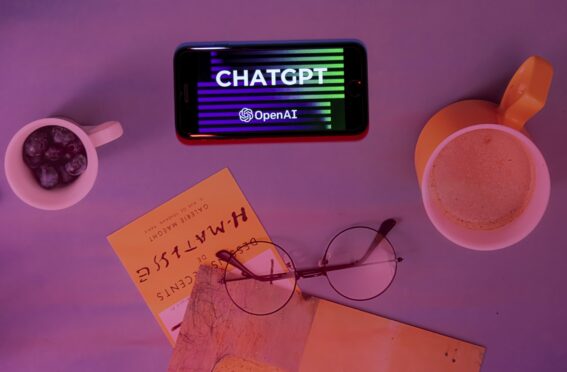
The latest version of artificial intelligence chatbot ChatGPT was unveiled last week as the technological advance continues at a hurling pace.
The team behind the latest version believes it is more creative, less prone to making up facts, and less biased than predecessors.
Research lab OpenAI launched GPT-4, hailing it as the most powerful model yet. It is capable of solving logic puzzles and passing the US bar exam, and is also multimodal, with a new ability to recognise images. This means it can answer questions or perform tasks based on a picture – such as provide recipe suggestions from photos of ingredients.
OpenAI CEO Sam Altman said: “We believe GPT-4 has the potential to revolutionise the way we interact with machines.”
Bots v Burns: Can artificial intelligence really write love poetry like Rabbie? Well, err, no
Millions of people have used ChatGPT since it was launched in November 2022. Language-learning app Duolingo utilises the GPT-4 version to give more detailed feedback to users, and Microsoft uses a version of the technology as part of its Bing search engine.
Danish start-up Be My Eyes, which has created technology for people who are blind or have low vision, hope to use the technology to help with daily tasks like reading labels or navigation.
Morgan Stanley have also used it to assist its wealth management advisers.
OpenAI said it had spent six months working on GPT-4’s safety features. The new version, they said, was 82% less likely to respond to requests for disallowed content and 40% more likely to produce factual responses than previously.
There is still the risk of information not being reliable, however, with AI prone to “hallucination”, where it invents facts and makes reasoning errors.
OpenAI warns care should be taken when ChatGPT is being used in “high stakes” contexts. Developers also acknowledged it could still generate harmful content and compromised code.

Enjoy the convenience of having The Sunday Post delivered as a digital ePaper straight to your smartphone, tablet or computer.
Subscribe for only £5.49 a month and enjoy all the benefits of the printed paper as a digital replica.
Subscribe